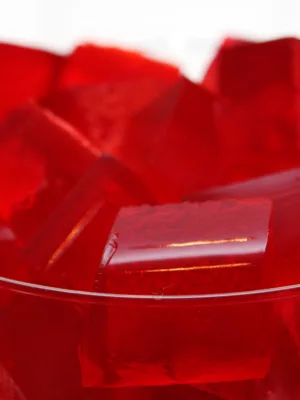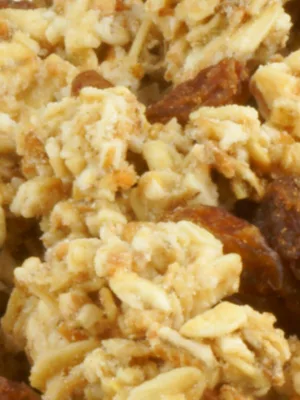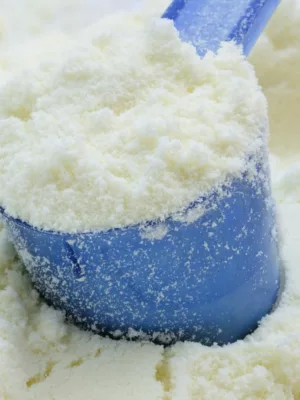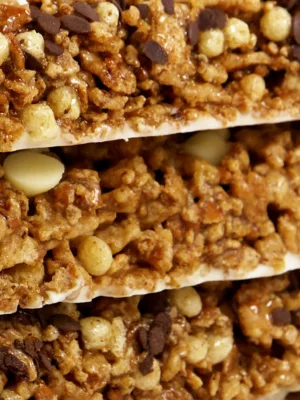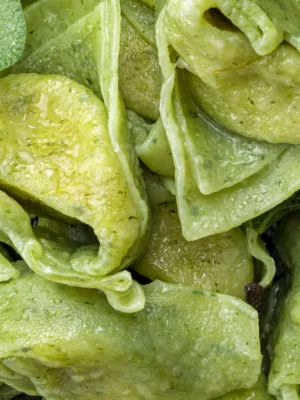Ingredients
We represent may of the world’s leading ingredient companies with a broad product portfolio, specialising in Texture, Health & Nutrition, Colour, Flavour, & More.
Texture
Texturants such as Hydrocolloids, Gums, Emulsifiers and Starches are ingredients used to control and modify the texture of food and beverages, improve mouthfeel and enhance shelf-life and freshness. They help to stabilise, thicken, bind, impart creaminess and increase viscosity.
Health & Nutrition
Nutrients are usually added to food for three main reasons.
1. To replace nutrients lost during manufacturing and storage.
2. To further enrich foods that don't occur naturally.
3. To compensate for a missing nutrient present in the "traditional" alternative.
Colour
A food colour is a substance used to add colour to food or drinks to enhance the appearance of food products and increase a product's appeal. They can enhance naturally occurring colours, and provide visual identity to otherwise colourless processed foods.
Flavour
A flavouring gives a different, stronger or more agreeable taste to food and drink, by developing both the sense of taste and smell. It helps to define a product by providing a unique, signature taste.
& More
Our '& More' range includes all those specialty ingredients which just don't fit nicely into a category.


